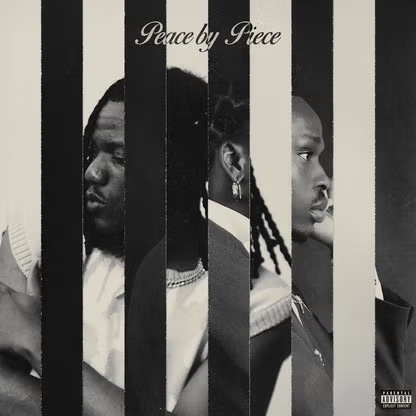Once a proud Portuguese colonial settlement, Salvador was a stronghold in the New World during the 16th century. But the slave trade quickly cast a shadow over the brand-new city’s picturesque houses and wide beaches.
It was in the senzalas crowded, poorly maintained slave quarters that the stage was set for the invention of a new art form: capoeira. This strand of martial arts, likely based on a ritualistic African dance, was created as a form of self-defense against oppressive masters.
To disguise their training, early capoeiristas made their sport look more like acrobatics or dance, using simple percussion instruments to create rhythm and music.
In the early 20th century, two modern practitioners, Mestre Pastinha and Mestre Bimba developed capoeira into two distinct schools, elevating the slaves’ self-defense system to a nationally recognized (and legal) art form.
Today, Salvador da Bahia is the best place in the world to see real capoeira in all its elegance, athleticism, and melancholy in action. The odyssey that ended with the beachside capoeira class of Mestre Guilherme started in Salvador, the one-time capital of colonial Brazil.
This city of 2.6 million has had its ups and downs since its foundation by Portuguese colonists in 1549, but thanks to its new status as a Unesco World Heritage site, the historic center is now booming.
In Salvador, there are many good places to learn capoeira, but one name is famous above all others the School of Mestre Bimba, founder of modern capoeira. Bimba, born Manuel dos Reis Machado, acquired his nickname following a bet by his parents on the s*x of their unborn child after the midwife exclaimed:
“It is a boy! Look at his bimba!” There are not many places in the world where a sporting icon is named after a slang term for the male genitalia.
Bimba laid down the key principles that make capoeira unique: first, that it should be cooperative, not competitive with the strong player looking after the weak; second, that it is a non-contact sport.
Unlike oriental martial arts, the punches and kicks should stop short of actually striking the opponent’s body.



























